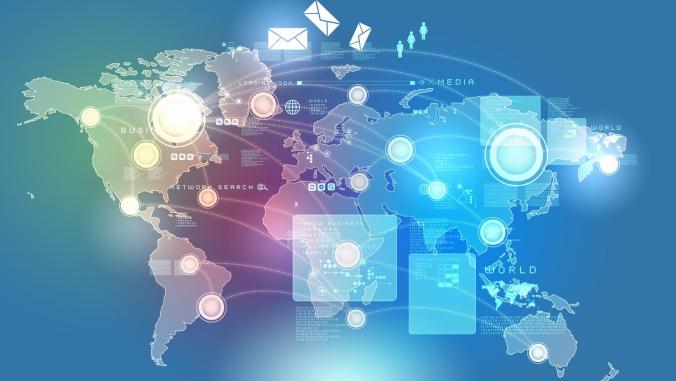SAP sustainability update: Energy use grew with revenue in 2011
<p>It was a banner year for SAP in terms of revenue and while emissions intensity per dollar decreased, overall emissions rose.<br /> </p>

[Editor's note: An earlier version of the story reflected SAP comments that its uptick in energy use was owed largely to its 2010 acquisition of Sybase. However, SAP said Friday that it had adjusted its 2010 baseline numbers to include Sybase, so the increase noted in the report was not directly linked to the acquisition.]
For enterprise software company SAP, 2011 was a banner year. Revenue grew 25 percent.
"2011 has been our best year ever in terms of business activity," said Rami Branitzky, the firm's senior vice president of sustainability.
But unlike in 2010, the company was not able to continue decoupling revenue growth from its emissions during 2011, the company's latest sustainability report shows. SAP's absolute emissions rose 7.4 percent in 2011, whereas emissions fell 5.7 percent in 2010 despite a 17 percent rise in revenue.
Decoupling emissions from revenue has become a brass ring for companies that initiate sustainability programs. Following the initial reductions in energy use and carbon emissions that most firms attain by making energy efficiency improvements, finding a means of sustaining those reductions while also growing the business isn't easy.
Growth is the main reason for SAP's uptick in energy use, according to the 2011 company sustainability report published Friday. Branitzky and SAP's Chief Sustainability Officer Peter Graf previewed the report on Wednesday in a presentation moderated by Aman Singh, editorial director of CSRwire.
And despite the increase, Branitzky and Graf stressed that 2011 was a positive year in SAP's sustainability efforts, overall, noting that in terms of emissions per dollar of revenue, the company saw a 6 percent emissions reduction in 2011.
And they said SAP's practice of tracking its emissions quarterly will enable the company to monitor emissions and work toward the goal of reducing them to the level of emissions for the year 2000 by 2020. Plus, SAP plans to continue its efforts to make office space more efficient while replacing car and plane travel with virtual meetings.
In addition to charting the most recent results of the company's green efforts, SAP's report highlights the capability of its Carbon Impact OnDemand software and other sustainability solutions. The report offers several case studies showing how SAP has helped a range of its clients reduce their own environmental impacts. For instance, it helped Panasonic, which set aggressive green goals last year, drive efficiencies while also complying with electronic waste reduction laws. SAP also applied its software to help British energy company Centrica analyze data collected from smart meters in order to forecast power demand.
Focusing on Social Metrics
Graf and Branitzky put a spotlight on the report's social metrics. "Sustainability can be very scientific, and it's easy to get lost in figures and facts, but we want to highlight the human element" in the report, said Branitzky. "This year is the most comprehensive report, in terms of telling our story and listening to our stakeholders."
The report shows that SAP is making some progress in terms of diversity. "In high-tech, this isn't a place where gender diversity is a strong suit. So our board decided to take action. By 2017 we want 25 percent women in management," said Branitzky. On this front, the needle is moving, from 17.8 percent in 2010 to 18.7 percent in 2011, which in real numbers is 964 women in managerial roles. The industry average is 12 percent, they added.
The report also highlights social investments by SAP. "The most successful investments are those that combine business relationships with technology, our volunteers and money, to make something fabulous happen," said Graf. "In Ghana, women are using our technology to improve their income." Investment in social entrepreneurship, he added, ultimately helps SAP by simply fostering entrepreneurs.
It's also important to SAP's overall credibility and its attractiveness to perspective employees, added Branitzky. "We are a knowledge industry, so employees are key assets. The millennial generation is looking for sustainability as a key advantage of an employee." And they look for what social programs are in place.
When asked about the biggest challenges SAP faces in terms of sustainability, Graf replied: "The longer we're pushing SAP and its customers toward sustainability, the more we unveil the challenges." He noted, however, that the company has enjoyed quick dividends, "like the tremendous turnaround in carbon emissions when we started [sustainability projects]."
But from the leadership perspective, he added, "it's about pushing the limits of what people think is possible. We as humans overestimate what we can do in the short run and underestimate what we do in the long run."
Photo of revenue via Shutterstock.com.





